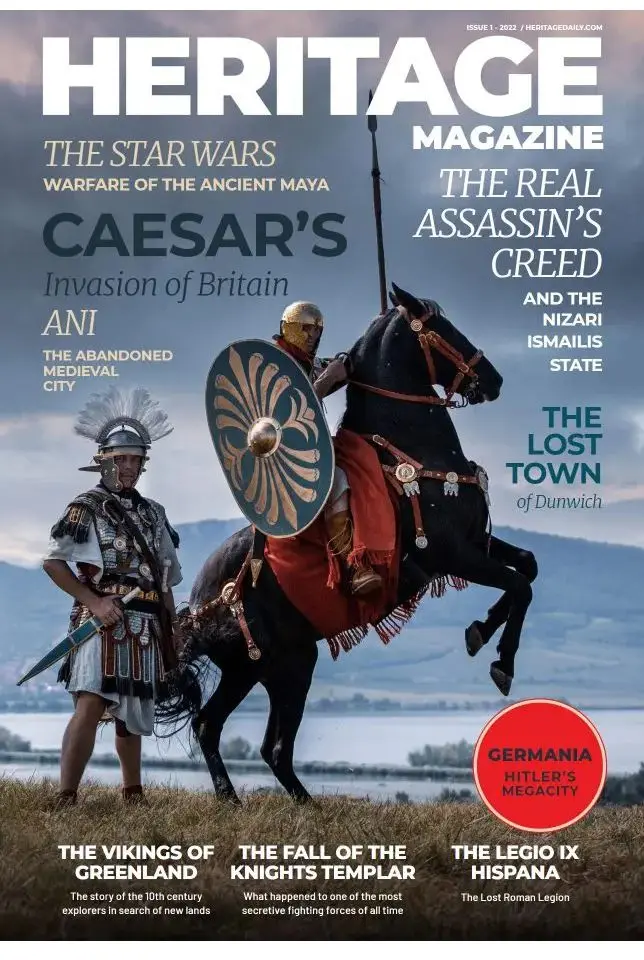A 2,000-year-old engraving on a marble outcrop near Vari, Attica, might point to an Archaic temple on the Acropolis of Athens.
A study, published in the American Journal of Archaeology, suggest that the engraving was carved by sheep and goat herders in the area of Barako Hill during the 6th century BC.
The engraving was carved on an exposed marble bedrock and shows an elevated view of the facade of a temple building with at least five columns.
Snaking around the building is an inscription in the Old Attic alphabet that reads: “τὸ hεκατόµπεδον [–]Ε[–] Μίκōνος ⇄”, interpreted as “the Hekatompedon” and was produced by an individual named “Mikon”.
According to the study authors: “The term Ἑκατόµπεδον by which Mikon labelled the drawn temple is a neuter noun deriving from the adjective ἑκατόµπεδος (meaning “of a hundred feet,” occasionally rendered as ἑκατόνπεδος or ἑκατόµποδος). This adjective appears numerous times in the literary record, first seen in the Iliad. It can qualify various structures and spaces.”
In religious contexts, the term can refer to sacred structures with an average length of 100 feet. Several early temples with matching lengths are known from the Ancient Greek world, which archaeologists sometimes call “hekatompedos”.
The Acropolis of Athens is the most noteworthy context of ἑκατόµπεδος, where the word has been previously found on 5th and 4th century BC inscriptions that list objects stored on the Acropolis. ἑκατόµπεδος was in use long before the construction of the Periclean buildings (including the Parthenon) during the so-called Golden Age of Athens (460–430 BC).
“The inscriptions make it clear that in this space stood Pheidias’ colossal chryselephantine statue of Athena, whose base survives in the east chamber of the great Doric temple built at the instigation of Pericles, known in later sources as the Parthenon. The east chamber is 29.87 m (101.5 Attic feet) long, and thus provides a rare case where the term ἑκατόµπε-δος certainly described the actual length of a structure,” said the study authors.
Although the engraving lacks topographical clues, the study authors argue that the Acropolis is the most probable location. This is because the term ἑκατόµπεδος is strongly associated with a specific structure on the Acropolis in both the Classical and Archaic periods. No other Archaic structure in the Ancient Greek world is known by this name.
The authors have identified two Doric temples on the Acropolis that are worthy of the name Hekatompedon: the so-called Bluebeard Temple, stylistically dated to 570–560 BC, and the Gigantomachy Temple, stylistically dated to the final quarter of the 6th century BC.
“Beyond its archaeological significance, Mikon’s engraving shows that architecture featured among the escapist dreams of the shepherds who tended their flocks on Barako Hill. The Hekatompedon, which had perhaps recently emerged from Athena’s holy rock, was a natural source of Mikon’s awe. His drawing now stands as the earliest known testimony of admiration of the architecture of the Acropolis—and as the first of many to come.”
Header Image Credit : Shutterstock
Sources : Mikon’s Hekatompedon: An Architectural Graffito from Attica. https://doi.org/10.1086/729771







